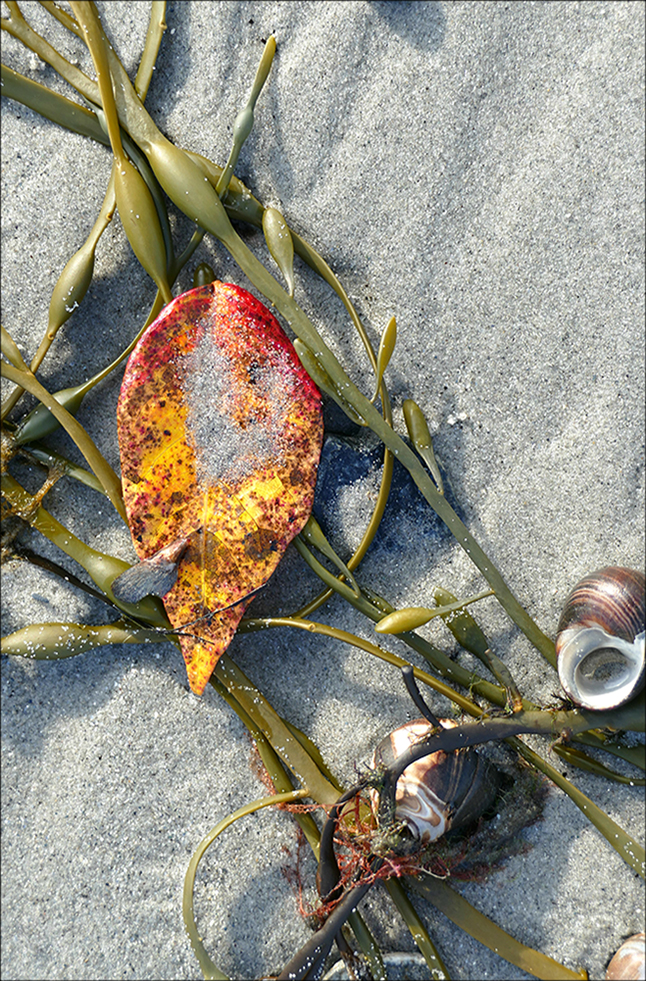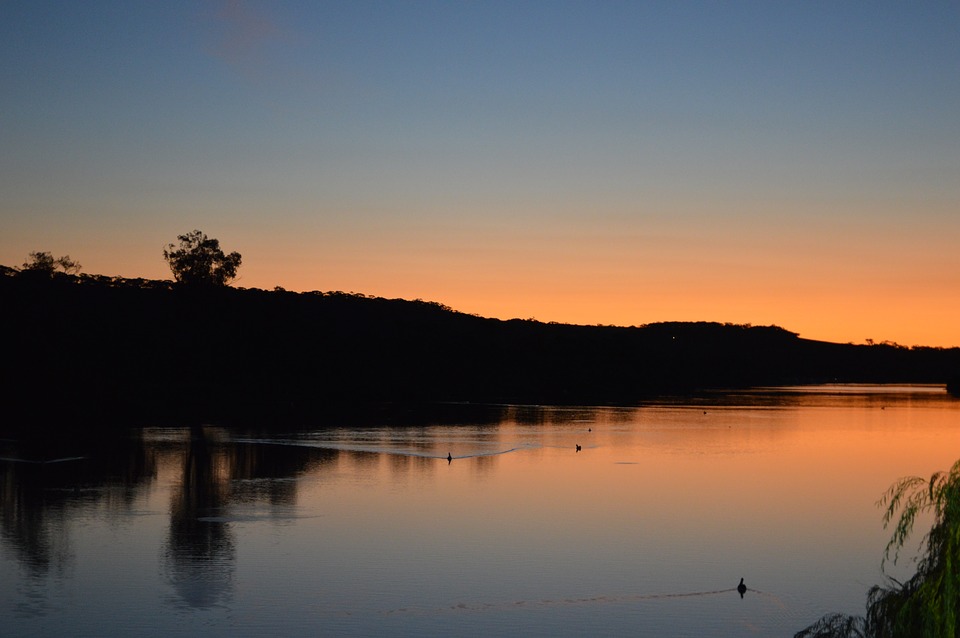Love Letters from Seaweed
Love Letters from Seaweed was created during the summer months I spent exploring mid-Coast Maine. Each day just before sunrise, I biked to Birch Point Beach to witness the shore’s changing topography and the traces of ocean life spilled by the tide. Intrigued, I photographed spontaneous configurations of seaweed and natural artifacts in unworldly colors, brought together by spume and sand.
Sugar kelp, bladderwrack, Irish moss, and sea lettuce, among other marine algae, covered the shore in calligraphic gestures and rune-like symbols. The next high tide would erase these remarkable assemblages in 12 hours and others would take their place—always a reminder that time and action are evolutionary agents moving everything toward something else.
Here I was, literally, on the front lines of climate change – barefoot on the land that will eventually be swallowed by melting glaciers. This awareness lends an urgency and relevance to my photographic work because ocean warming and acidification are forcing some species of seaweed into decline and affecting ocean biodiversity significantly. I am curious about the algae in our rapidly changing environment and I wish to become their ally (as they are a potential resource for mitigating some of climate change’s deleterious effects).
Love Letters from Seaweed reflects, in part, my studies of Canang Sari (formal flower offerings created each morning by Balinese Hindus) and Picasso’s constellation drawings. The Balinese offerings are transitory and organic, like the assemblages I’ve photographed. And both Picasso’s line drawings and my images walk the tightrope between abstraction and figuration. They spring from the same source and impulse—a collaboration of nature and human that is instinctual and intelligent.
The Seaweed series is an expression of much that I value: quietude, synchronicity, unsung beauty, and the natural environment. The images have the potential to inspire viewers to consider what is underfoot and generally unseen, yet of great aesthetic and ecological importance.















